
|
Zenobia aka zenubia
 Larnaca, Cyprus Larnaca, Cyprus
|
Max Depth: 131-140ft/40-43m
Average Viz: 121-130ft/37-40m
Entry Type: Boat
Bottom Composition: Sand
Aquatic Life: Plenty To See
|
 Rating: 4.70 by 10 divers
Rating: 4.70 by 10 divers
Spring: 71-75°F/22-24°C
Summer: 81-85°F/27-29°C
Fall: 76-80°F/24-27°C
Winter: 66-70°F/19-21°C
|
|








|
|
Zenobia aka zenubia is a boat accessible salt water dive site, located in Larnaca, Cyprus. This dive site has an average rating of 4.70 out of 5 from 10 scuba divers. The maximum depth is 131-140ft/40-43m. The average visibility is 121-130ft/37-40m. This dive site provides bathrooms and airfills.
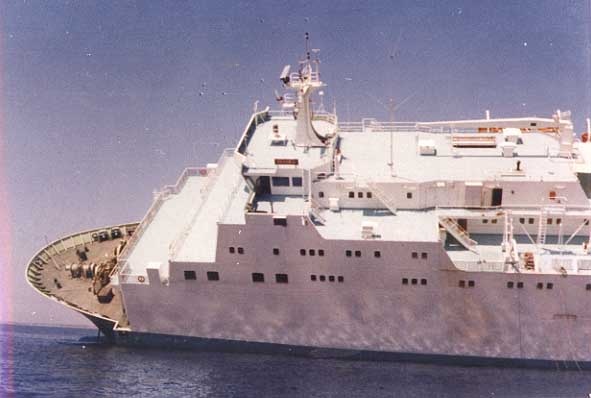
The Zenobia shipwreck is one of the most famous wrecks, not only in the Mediterranean Sea, but also in the whole world. It is fairly characterised and classified as one of the “top 10 ship wrecks” due to its short distance from the shore, its incredible marine life, and its considerably accessible depth for recreational diving.
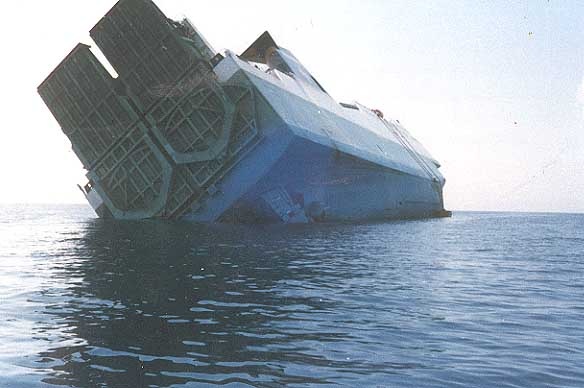
Zenobia was a Swedish roll-on, roll-off (Ro-Ro) ferry that was making its voyage to Syria, when at half a mile away from the Larnaca coast it faced problems with its computers systems. It was on the night of the 2nd of June in 1980, that the first radio contact was made about reporting that the ship was having problems. Soon after, on the 3rd of June, the ship started to create a slope towards its port side, without anything that could be done to save it. The crew was safely removed before the tragic happened.

The big question is still unanswered, how such a massive ship like the Zenobia could sink such easily? Many suggested that the ship was sunk due to a computer design and operation system failure that controlled the ballast buoyancy tanks. Others supported that the ‘malfunction’ of the computer system was caused by ‘accidentally switching-off’ the system. This was claimed that had to do with an insurance scam for receiving the insurance company’s compensation money. Others claimed that the ship was carrying drugs and others said that some rocket missiles were in the ship and that is why the ship created such a mystery.
Zenobia was a monster ship, with a total length of 174 meters and 28 meters of wide. It displaced a total of 10,000 tons of water. At the day of ‘her’ final journey, Zenobia was loaded with 104 trailers, trucks and lorries, fully loaded with cargo such as food, cigarettes, eggs and many others.
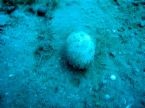
The maximum depth where she went down is about 42 meters of sandy seabed. The ship is sunk on its port side, so you can reach the top of it at only 17 meters of water. Both the maximum and the minimum depths that the wreck is, are ideal for both beginner divers just competed their open water course or for the most experienced divers, diving on air or on technical gases and wishing penetration into the “heart of the wreck”.
I suggest divers not to swim along the under sites of the vehicles found in the wreck, as they can weight in at more than 40 tones and are held by chains that are constantly loosing their strength. All the windows of the main super structure have been broken for some years, since 3 divers were trapped in one of the wreck’s rooms, in separate events, as they were on penetration dives. Two of those divers were drown, because running out of air, while one of them was rescued by local diving instructors. These accidents have added much to dive safety as now divers have second thoughts about attempting a penetration. Much of the wreck’s internal parts have collapsed and the rust makes visibility closing to zero.
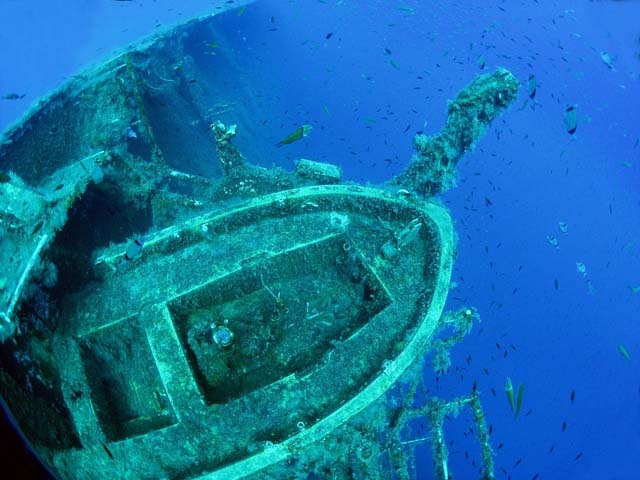
The wreck can be better to be explored with Nitrox, because it will allow you more bottom time, thus reducing your decompression stops. If you happen to dive on air, always make sure you use correctly the dive tables, or follow your dive computer’s instruction for a safe dive.
You must always have in mind that your compass will not work close to metal objects (such as the wreck) and also be careful of disorientation because the whole thing is at an angle of 90 degrees.
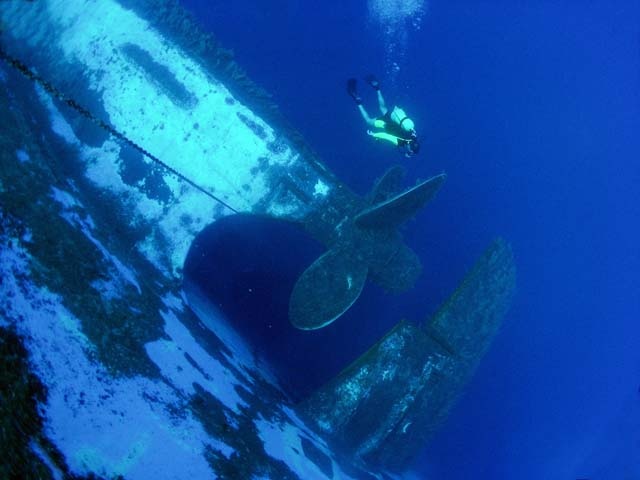
Cyprus’s diving centres still celebrate the day that the Zenobia was sunk. The whole diving industry in Cyprus was developed and expanded basically on this famous wreck.
Is always better to seek local advice before diving the Zenobia, for weather conditions, currents, boat trips, and which route to follow while being underwater. Always follow the dive guide’s instructions because they have dived the Zenobia hundred of times. Spare tanks are always hanged on the boat for both required and precautionary safety decompression stops. Our boats always have oxygen tanks on board for emergency situations.
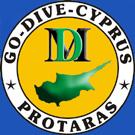
Go Dive Cyprus can provide anything you might need for this special wreck dive and also guidance for a unique excursion. You can combine this wreck dive with the Wreck Diver specialty or Nitrox course, or even the basic courses of the Advance and the Master Diver courses.
One of the many other things that will make this dive an unforgettable dive is the marine life found on the wreck. Both around and inside the wreck, you can see a variety of different species of fish from giant groupers, to giant passing tuna fish, local barracuda, kingfish, jacks, moray-heel, stingrays and many others.